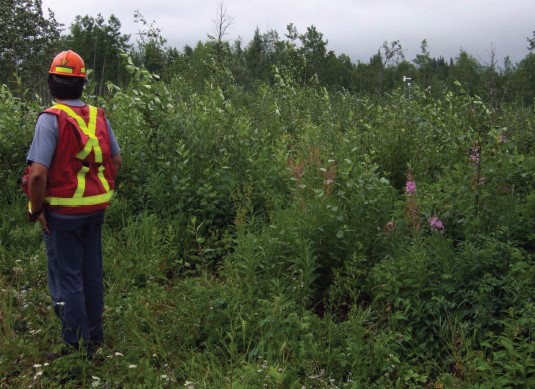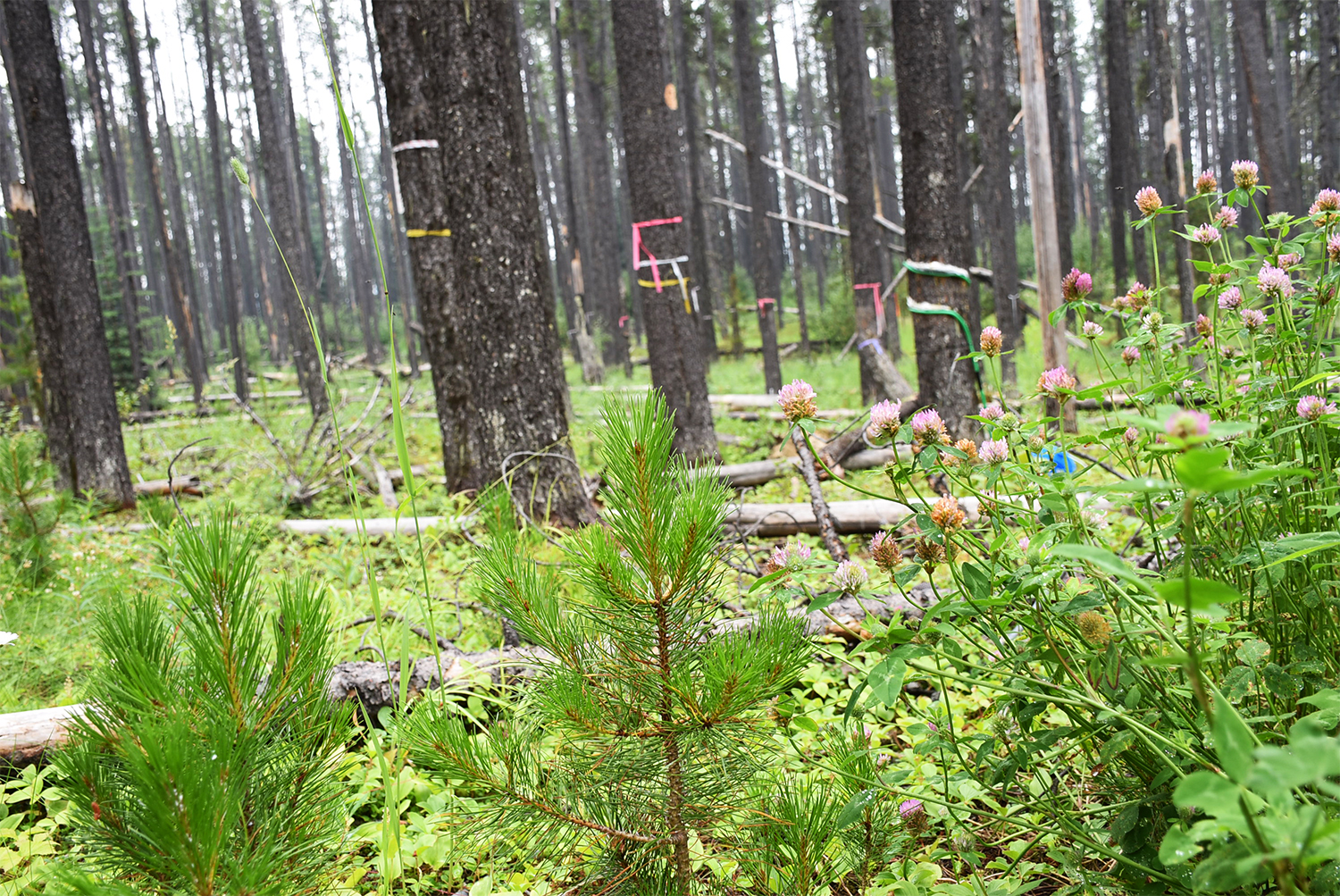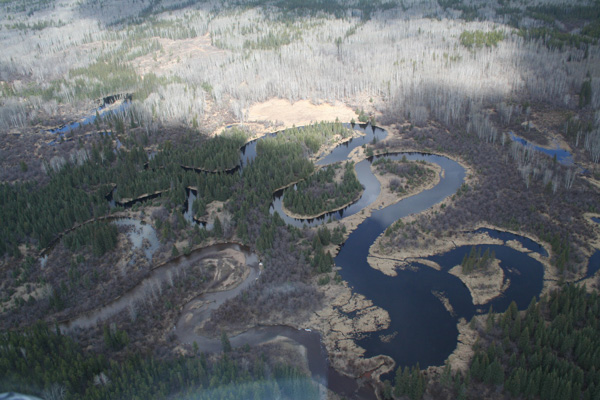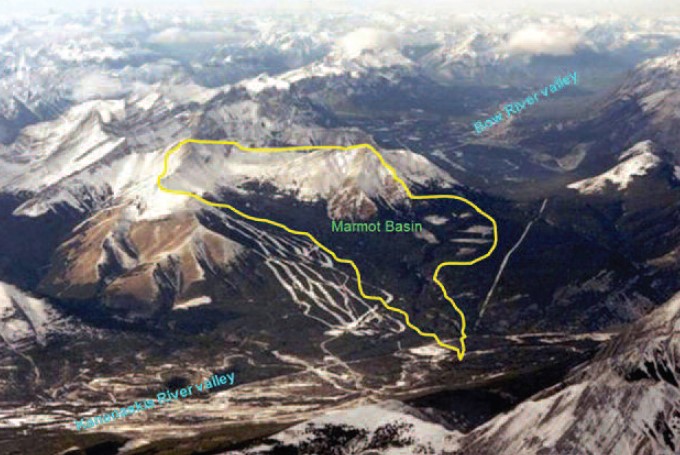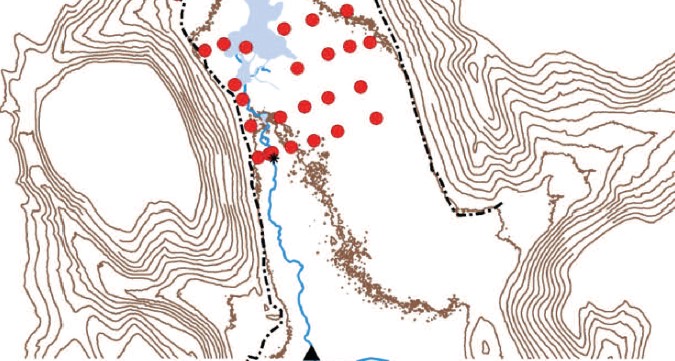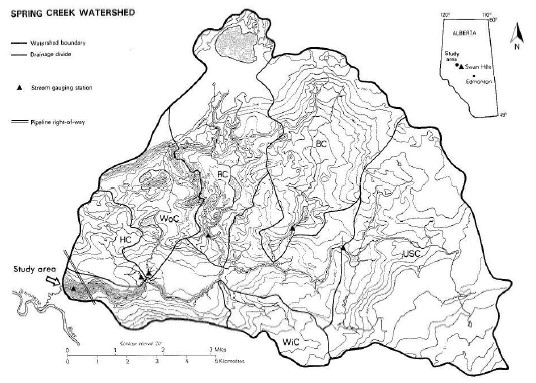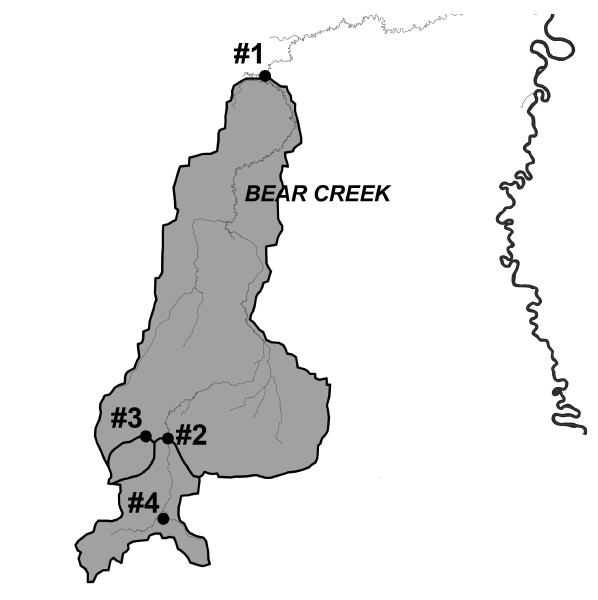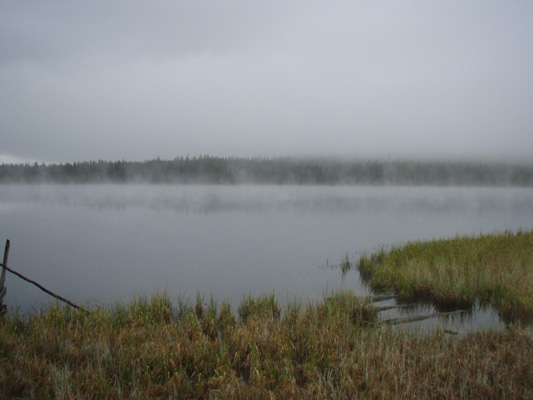
Abstract
The Al-Pac Catchment Experiment (ACE) was initiated in 2005 to examine the influence of aspen harvest and linear disturbances on water and energy movement in Boreal Plain (BP) ecosystems. A paired, pre- and post- harvest experiment in aspen-dominated stands was conducted on two meso-scale (10–20 km2) stream catchments with a range of surficial geology and low relief. Comparing flow two years pre-harvest and three years post-harvest indicated no observable differences in low and high flow discharge or geochemistry concentrations between reference and harvested catchment outflows. Reduced evapotranspiration in harvested relative to references catchments was short lived. Soil and groundwater storage buffered the impacts of harvesting on catchment stream flow and large time lags of up to four years were observed in initial response. Due to the low relief, deep and variable surficial geology and storage potential interacting with seasonal and decadal wet and dry patterns, measures of changes in (and indices of) soil moisture or groundwater recharge and storage are more meaningful than stream flow in assessing hydrologic recovery following harvesting. This study has been incorporated into hydrogeological framework to develop effective planning tools that can be used to maximize harvesting and hauling efficiencies.
Read the full article here.
Citation
The Forestry Chronicle, 2016, 92(1): 39-42, 10.5558/tfc2016-012







